| Spartan 3 music workstation | |||
| Full Stereo Digital IO Bus 128x3 oscillators 256 voices 128 midi channels 96 kHz Audio DSP |
Spartan 3E Development System . 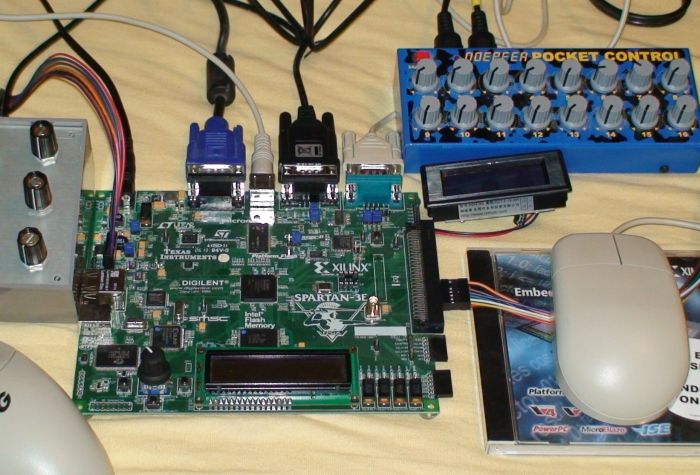 Fully FPGA-powered synthesizer A Xilinx Spartan 3 FPGA board is used for sound synthesis and video generation. 2 mouse ports (serial + PS/2) are available for graphic control and synthesis control. Also 2 MIDI-controllers can be attached. The DIY-Controller works with standard 230kBaud, which is 7 times faster than normal MIDI (31kbps). A standard Controller from Döpfer is attached to MIDI and studio gear. AD-Conversion is performed by a professional device from Mindprint:  Music Box / MIDI Engine 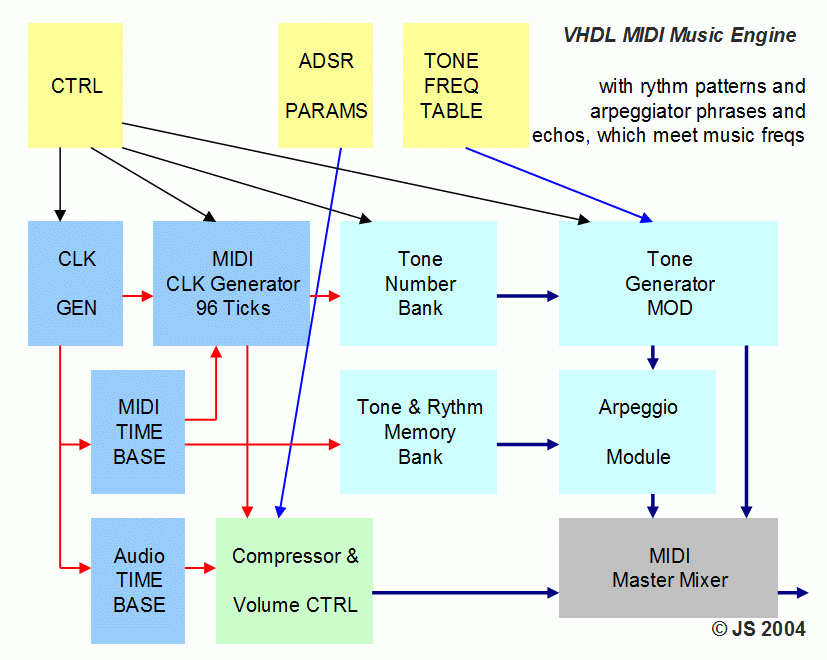 The Music Engine produces MIDI-like information, based on pre defined rhythm and tone patterns which are kept in a memory. The tone notes are copied/doubled according to the ARP pattern, compressed in loudness and modified by the ADSR-module end then sent to the synth module synchronously. 255 Tone Levels = quarter Notes covering 127 MIDI Notes are available. The arpeggio module uses adjacent MIDI channels to produce MIDI echo rather than audio echo. This is possible with a very high time resolution using internal high speed MIDI creating short reflections similar to room reverb. For the slower (normal) arpeggio the channels can use different parameters for the voices. 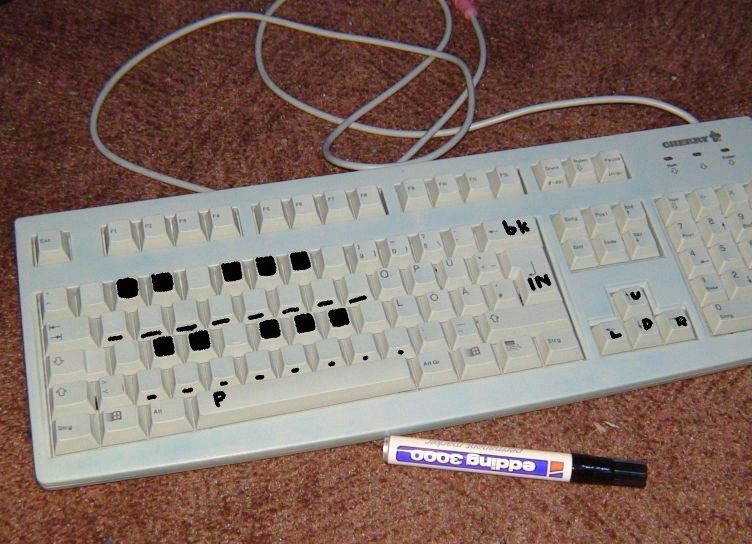 MIDI input / workstation control with PS/2 keyboard Synth Engine  The synthesizer engine takes the MIDI notes and produces audio signals for each midi channel from generic functions, tone banks, or DDS-based. Wave table is planned. The Synthesizer operates totally pipelined and with 50MHz clock speed and processes 128 from 256 possible MIDI channels, has 3 oscillators / wave generators and 256 voices polyphony. Listen to the demo XILINXFPGASYNTHESIZER.WMA DSP Engine 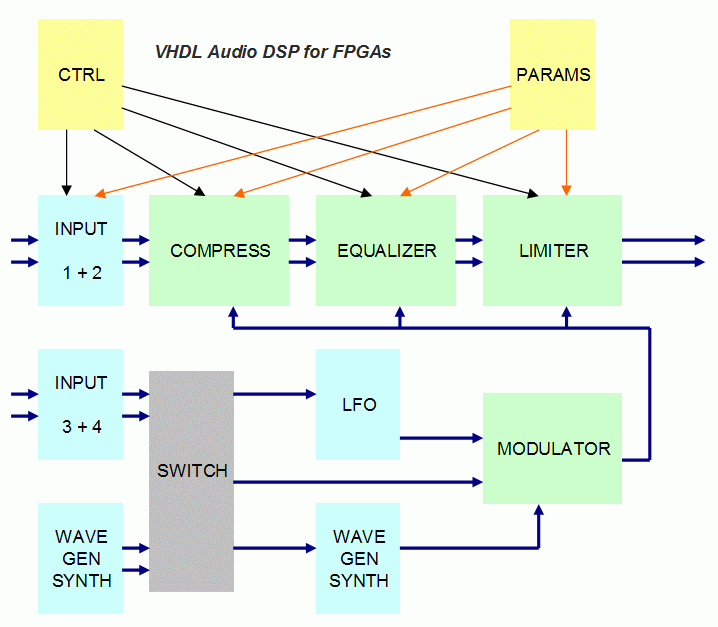 Also a DSP Engine performs audio processing, compression, limiting and distortion can be loaded into the FPGA system. Graphical Spectrum Analyzer 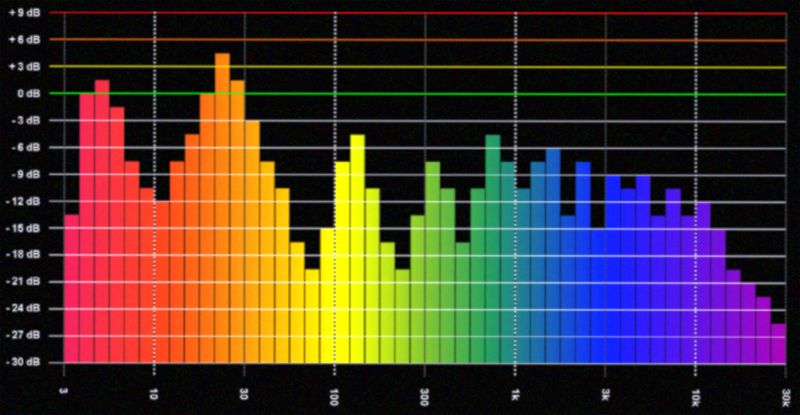 Together with the VGA output of the Spartan board, a FFT-like algorithm is used to perform a simple graphical band analysis for 16 frequencies with a 3:2 ratio of distance in between (central frequencies: 20, 30, 45, 68, 100, 150, 225, 340, 515, 770, 1150, 1730, 2600, 3900, 5850, 8750).  Sound Design and Sound Control can be supported by virtual wave control using a minimal oscilloscope function in the Spartan FPGA. Because of the limited resources, FFT is only available with a second board. Click here for the former Version (Spartan 2) |
||
|
|
|||
© Jürgen Schuhmacher 2006